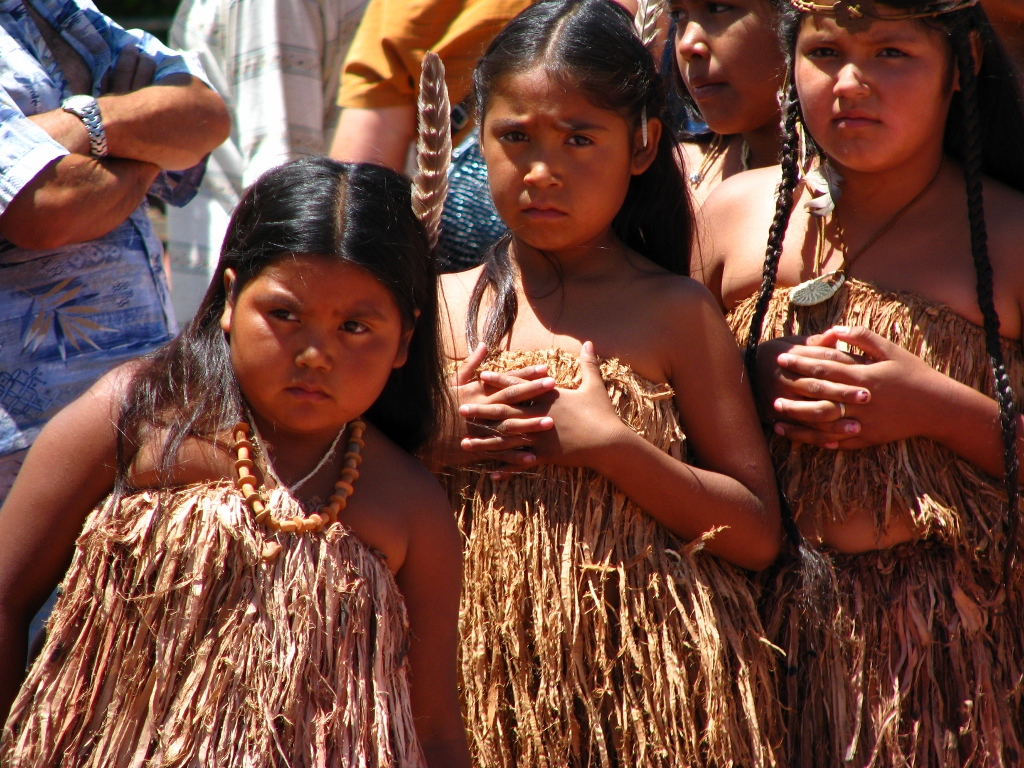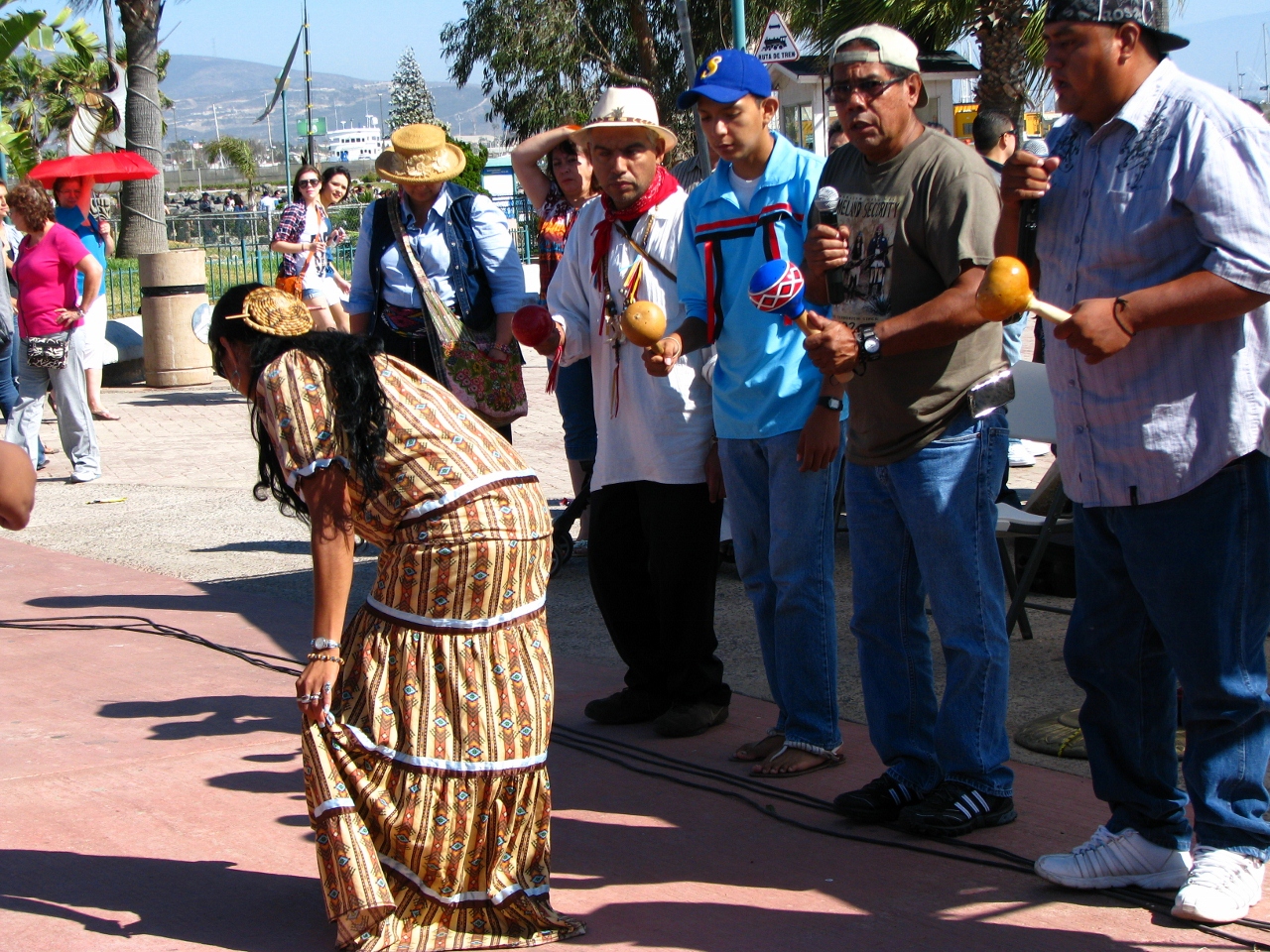
Kumeyaay Desert Survival: Traditional Knowledge of Southern California’s Arid Lands
The Southern California desert, a landscape of stark beauty and unforgiving extremes, has for millennia been home to the Kumeyaay people. Far from merely enduring its harsh realities, the Kumeyaay thrived, their survival a testament to an intricate tapestry of traditional knowledge, deep ecological understanding, and an unwavering spiritual connection to the land. This is not a story of primitive struggle, but of profound wisdom that allowed a people to flourish where others would perish.
Spanning over 4,000 square miles across what is now Southern California and Baja California, Mexico, the ancestral lands of the Kumeyaay encompass a remarkable diversity of ecosystems, from the Pacific coast to the high desert mountains and the arid expanses of the Anza-Borrego Desert. For at least 10,000 years, they have observed, adapted, and innovated, transforming a seemingly barren environment into a larder, a pharmacy, and a home. Their knowledge of desert survival is not merely a historical curiosity but a living legacy, offering invaluable lessons in resilience, sustainability, and the true meaning of belonging.
Mastering the Elusive Water
In the desert, water is life, and the Kumeyaay were unparalleled hydrologists. Their ability to locate, access, and conserve water was fundamental to their existence. They possessed an intimate knowledge of seasonal springs, hidden seeps, and crucial rock tanks, known as tinajas, which collected and held rainwater for extended periods. These tinajas were often secret, their locations passed down through generations, representing vital oases in a parched landscape.
Beyond static sources, the Kumeyaay understood the subtle indicators of subterranean water. The presence of certain plants, like willows, cottonwoods, or even specific types of mesquite, signaled the potential for shallow groundwater. They knew how to dig temporary wells in dry creek beds, accessing water that lay just beneath the surface. Water conservation was equally paramount. Travel was often undertaken during cooler hours or at night to minimize perspiration. Lightweight, tightly woven baskets and pottery vessels, often lined with pine pitch, were used for carrying and storing precious water, reducing evaporation. This holistic approach to water, from its discovery to its preservation, exemplifies their deep engagement with every aspect of their environment.

The Desert as a Supermarket and Pharmacy
The Kumeyaay viewed the desert not as empty, but as abundantly resourceful. Their diet was remarkably diverse, reliant on a sophisticated understanding of plant cycles and animal behavior. A cornerstone of their survival was the agave plant (maguey). More than just a food source, agave was a multi-purpose lifeline. Its heart, or piña, was harvested, roasted in large, stone-lined pits for several days, transforming its fibrous, bitter core into a sweet, nutritious food resembling a baked sweet potato. "An agave heart could weigh 50 to 100 pounds," notes cultural anthropologist Florence Shipek, "and provided substantial sustenance after days of careful processing." The agave leaves yielded strong fibers for cordage, nets, sandals, and robust basketry.
Mesquite trees were another vital resource. Their bean pods, rich in protein and carbohydrates, were gathered, dried, and ground into a nutritious flour for bread, cakes, and gruel. Cactus fruits, such as prickly pear tunas and cholla buds, offered hydration and essential vitamins. Yucca plants provided edible flowers, fruits, and fibrous leaves for cordage and even soap. Every plant had a purpose, from the tiny chia seeds – a superfood providing sustained energy – to the roots and tubers of various desert flora.
Hunting supplemented their plant-based diet. Desert bighorn sheep, deer, rabbits, and various birds were pursued using bows and arrows, traps, and ingenious netting techniques. Kumeyaay hunters were intimately familiar with animal migration patterns, watering holes, and behavioral cues. Fishing was practiced in areas with perennial water sources, like sections of the Colorado River or seasonal lakes. Even insects, like grasshoppers and various larvae, were considered valuable protein sources, often roasted or dried. This comprehensive food strategy ensured year-round nourishment, adapting to the desert’s seasonal offerings.
Shelter, Tools, and Technology: Ingenuity in Every Craft
Survival in the desert also demanded protection from its extreme temperatures – scorching summer days and surprisingly cold winter nights. The Kumeyaay utilized natural features like rock overhangs and caves for shelter, adapting them with windbreaks or brush enclosures. For more permanent or seasonal dwellings, they constructed wikiups or ramadas. These dome-shaped or open-sided structures were built from readily available materials: mesquite branches, willow saplings, or ocotillo stalks, covered with brush, palm fronds, or woven mats. Their design maximized air circulation in summer and provided insulated warmth in winter, demonstrating a sophisticated understanding of passive climate control.
Their tool-making technology was equally sophisticated. Grinding stones, known as metates and manos, were essential for processing mesquite beans, acorns (found in higher elevations), and other seeds. Obsidian and chert, sourced from specific geological locations, were expertly flaked into sharp projectile points for hunting and various cutting tools. Baskets, renowned for their intricate weave and durability, were crafted from juncus, deergrass, and agave fibers, serving as everything from carrying vessels to seed beaters and storage containers. "Kumeyaay basketry is not just art; it’s a testament to thousands of years of engineering and material science," asserts one modern Kumeyaay elder. Pottery, fired in open pits, was used for cooking, water storage, and ceremonial purposes. Every tool, every craft, was born from a deep understanding of local materials and a drive for efficiency and effectiveness.
Ecological Stewardship: Living in Harmony with the Land
What truly set Kumeyaay desert survival apart was their profound ecological awareness and commitment to sustainability. They understood the interconnectedness of all living things and practiced a form of land management that ensured future abundance. They knew which plants could be harvested without depleting the supply, which animals could be hunted without endangering populations. Controlled burns were sometimes used to clear underbrush, promote new growth, and enhance foraging areas for both humans and game animals.

Their worldview emphasized reciprocity and respect. The land was not a resource to be exploited but a living entity, a relative providing sustenance. This philosophy, ingrained through generations of observation and oral tradition, fostered a stewardship that maintained the desert’s delicate balance for millennia. "Our ancestors didn’t just survive; they thrived by understanding the heartbeat of this land," a Kumeyaay cultural educator often reminds visitors. "They listened to the desert, and the desert provided."
A Living Legacy in a Modern World
Today, the Kumeyaay continue to live on their ancestral lands, albeit often on reservations fragmented by the U.S.-Mexico border and encroaching development. The challenges are immense, yet the traditional knowledge of desert survival endures. Elders continue to pass down stories, plant knowledge, and craft techniques. Language revitalization programs are crucial, as the Kumeyaay language holds the nuanced vocabulary for this intricate knowledge. Cultural centers and educational initiatives aim to share this invaluable heritage, not just within their communities but with a wider world.
The lessons of Kumeyaay desert survival are more relevant than ever. In an era of climate change, resource scarcity, and a growing disconnect from the natural world, their wisdom offers a powerful paradigm shift. It teaches resilience, adaptability, and the profound benefits of living in harmony with one’s environment. It demonstrates that true wealth lies not in material accumulation, but in a deep, reciprocal relationship with the land that sustains us. The Kumeyaay’s enduring presence in the arid lands of Southern California is a living testament to the power of traditional knowledge – a beacon of how to not just survive, but truly flourish, even in the most challenging of landscapes.